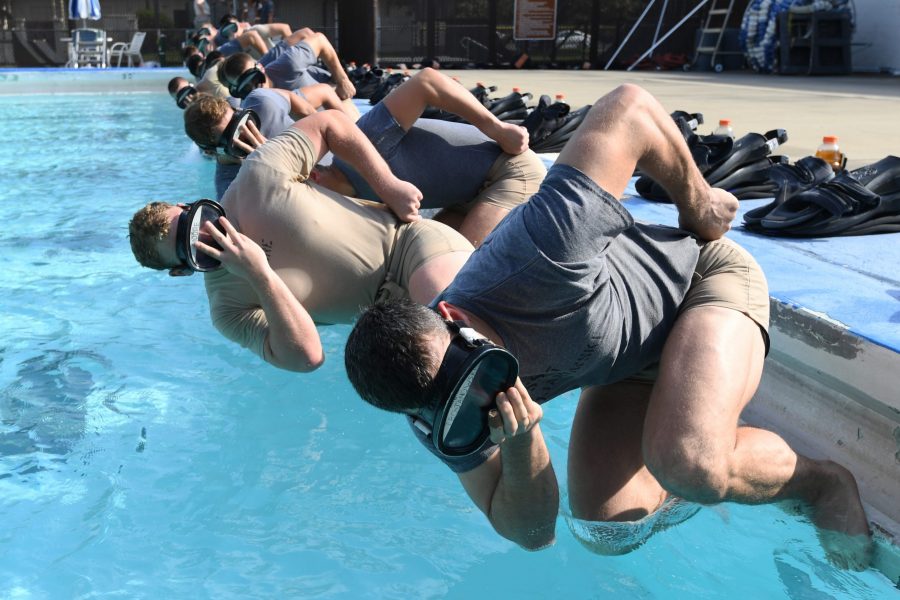The Air Force is overhauling how it selects and trains special operators, creating a single Air Force Specialty Code for prospective enlistees and streamlining the basic military training process beginning in April.
The Special Warfare Operator Enlistment Vectoring program, announced in a Feb. 21 news release, creates a single point of entry into special warfare recruiting and initial training. Under the new program, a possible combat controller, pararescuemen, tactical air control party Airman, or special reconnaissance Airman will enter the Air Force in the 9T500 AFSC.
“This change allows candidates to make a more informed career decision, prior to being vectored, after months of education, training, development, and mentorship, to see what career field might be the best fit for them,” Lt. Col. Joseph Lopez, the Air Education and Training Command headquarters special warfare division chief, said in a release. “The program also enhances the Air Force’s ability to assign Airmen a permanent AFSC in an equitable way across the special warfare community after a thorough ‘whole-person’ evaluation has been conducted on every candidate going through accessions and initial phase of training.”
The SWOE-V process starts early, where recruiting development teams pick potential special warfare operators and help them prepare for the training pipeline.
This typical recruiting and development process takes between four and six months, from pre-accession to BMT, said Lt. Col. Heath Kerns, commander of the 330th Recruiting Squadron, in the release.
During this early process, candidates undertake a 21-day “Pass the PAST” workout program aimed at preparing them to pass the Physical Abilities Stamina Test while also being taught subjects such as special warfare components, mission, and specialties, according to AETC.
After the candidates pass the PAST, they then compete for selection and get a recommendation from a developer before going to BMT at Joint Base San Antonio-Lackland, Texas. Here, they are trained under the Air Force BMT curriculum, along with additional training for the Special Warfare Prep Course. Upon completion, their performance evaluation data is reviewed as they enter the Special Warfare Prep course and the candidates are then selected for Special Tactics and Guardian Angel, or the TACP courses of entry, according to the release.
This selection is based on the candidates performance, not just through BMT but also dating back to their performance in SWOE-V before shipping to Lackland.
“Nothing is given; Airmen must earn their spot in their chosen career field and fight for it,” Lopez said in the release. “We are evaluating them continuously through pre-accessioning, BMT, and the Special Warfare Prep Course, using a whole person concept that includes cognitive, physical skills, as well as Airmanship and instructors’ evaluation of teamwork and attitude.”
The Special Tactics and Guardian Angel course of entry takes about four weeks, and the candidates are then assigned to combat controller, pararescue, or special reconnaissance AFSC. Those assigned to the TACP course of entry will, upon completion, continue the rest of the TACP training pipeline.
“The SWOE-V really is a big deal as it represents a momentous change for the Air Force special warfare community,” Lopez said in the release. “By removing constraints in the recruiting and accessions process, we are expanding the talent pool while streamlining entry into the service.”
